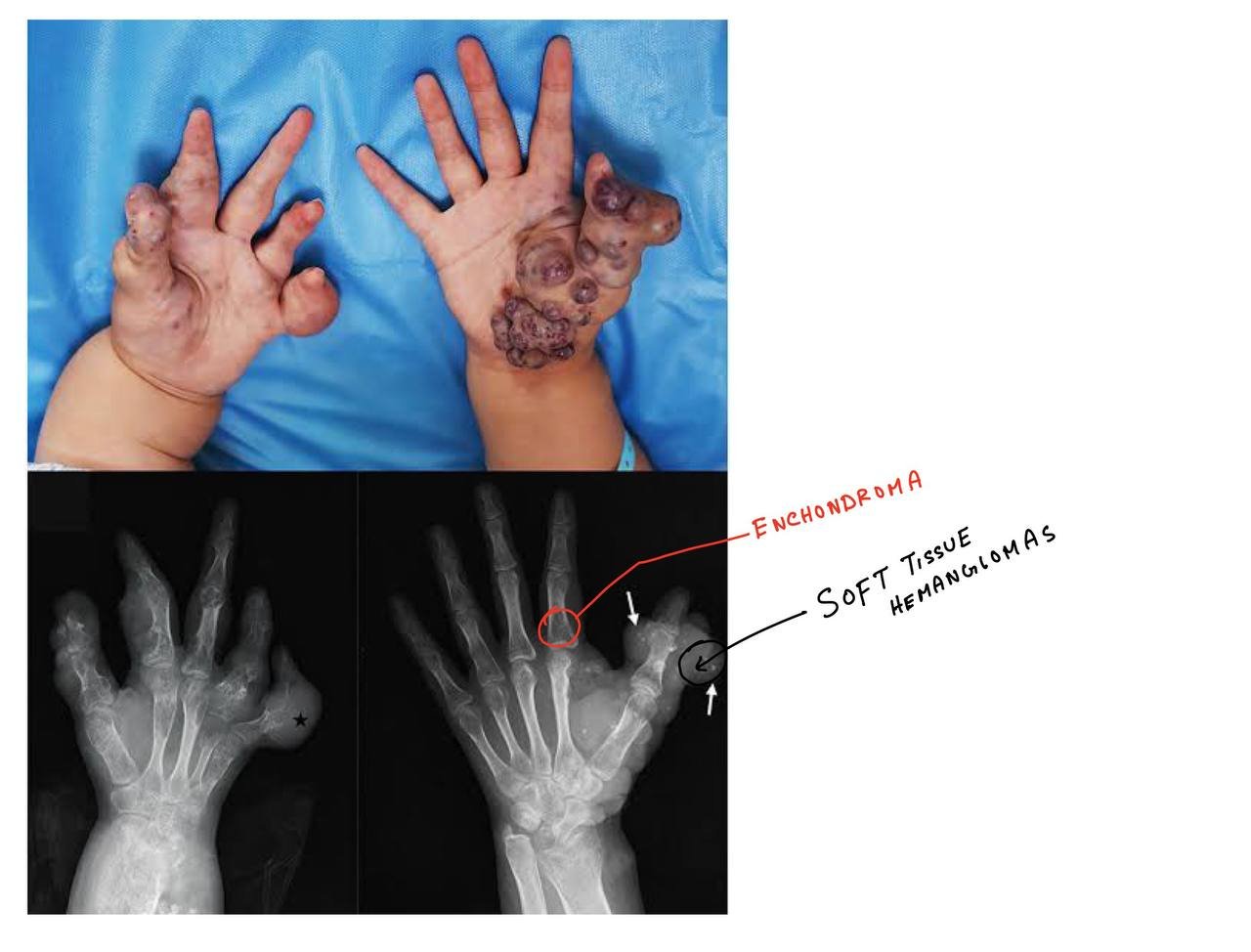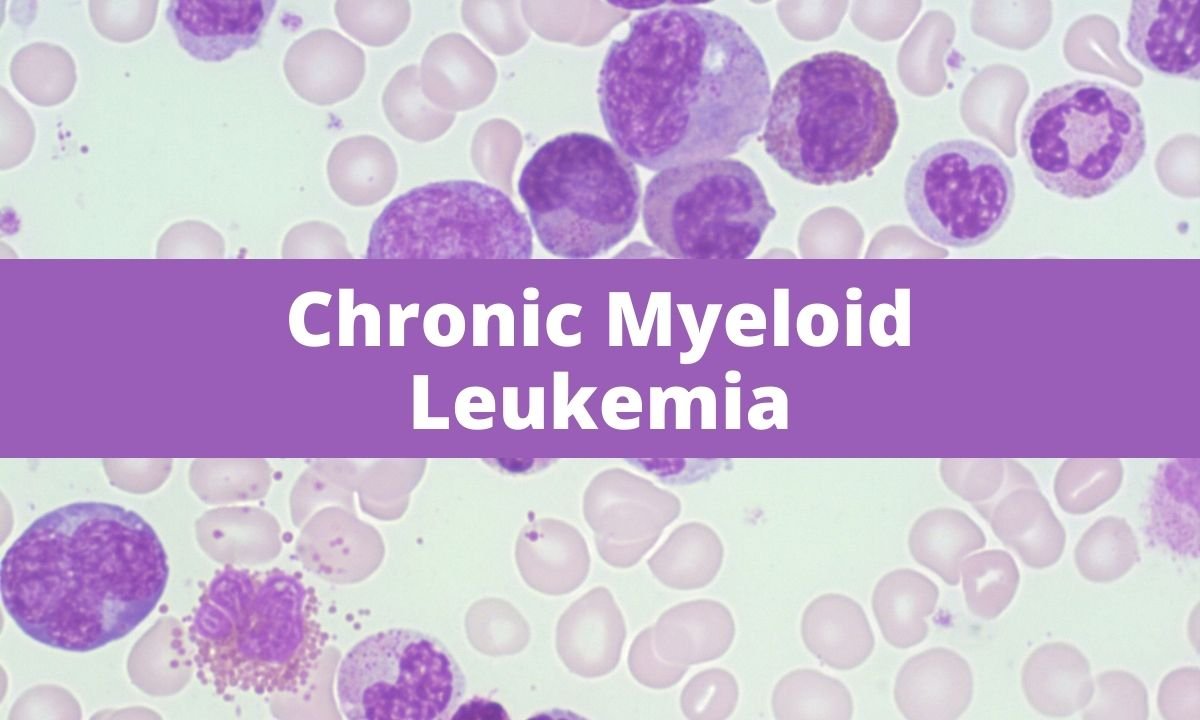A rare syndrome characterized by the development of multiple enchondromas, deep venous malformations on the hands and feet, lymphatic malformations, spindle cell hemangiomas, and chondrosarcoma.⠀
Clinical Features
- Malignant transformation of enchondromas into chondrosarcomas or of hemangiomas into vascular sarcomas.⠀
- Susceptible to the development of other malignant lesions such as glioma.
- Vascular lesions in Maffucci syndrome appear as reddish-blue, soft, compressible, occasionally tender, subcutaneous nodules.
- GIT lesion can result in occult microcytic anemia from hemorrhage
- Upper airways can rupture and cause rapid respiratory compromise.
- Symptoms can range from local soft tissue swelling causing cosmetically unsightly extremities to painful lesions that are at risk for hemorrhage if traumatized.
- Enchondromas seen in Maffucci syndrome can cause pathologic fractures that lead to bony deformation, shortening, and difficulty in manipulating objects or ambulating.
Pathogenesis
Caused by mutations in the genes that encode isocitrate dehydrogenase (IDH1, IDH2). These genes are described in both Maffucci syndrome and Ollier disease. That’s why enchondromas and chondrosarcomas, as well as in several neoplasms, including glioma, glioblastoma, acute myeloid leukemia, and intrahepatic cholangiocarcinoma are common in this syndrome.

Ollier disease – Only enchondromas
Maffucci Syndrome – Multiple enchondromas + Hemangiomas
Radiology
- Serial radiographs looking for cortical destruction, endosteal cortical erosion, and zones of lucency within a previously mineralized area should be performed to monitor for the development of chondrosarcomas.
- The characteristic features of Maffucci syndrome seen on hand x-ray are the multiple acral enchondromas that progress over time.





